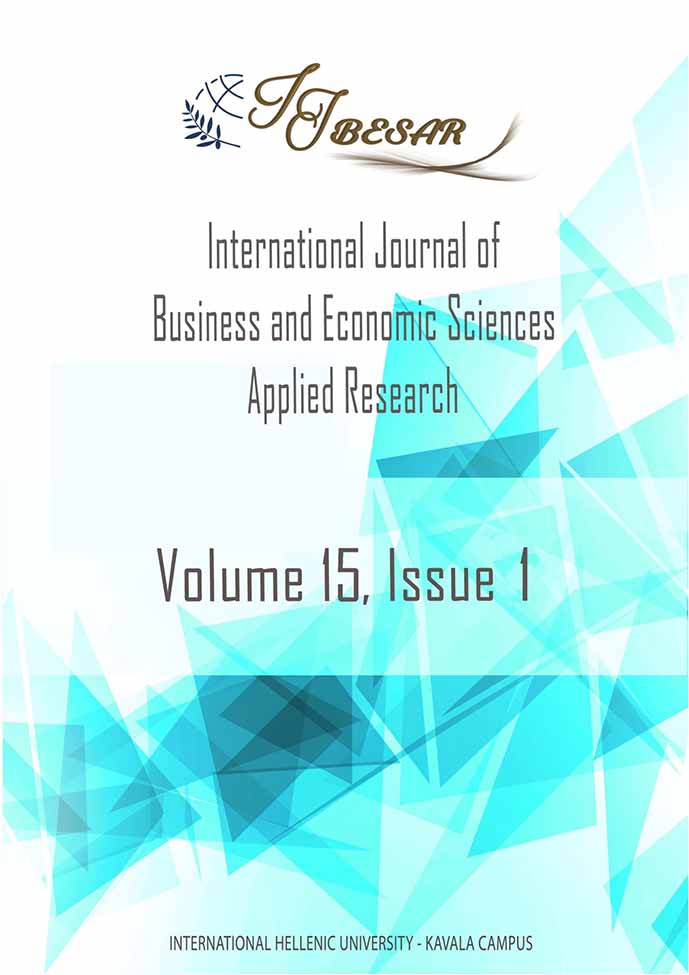Patent Claim's Impact on Stock Return Rate Based on China Stock Market's Empirical Study
Patent Claim's Impact on Stock Return Rate Based on China Stock Market's Empirical Study
Author(s): Hong-Wen Tsai, Hui-Chung Che, Bo BaiSubject(s): Economy, Law, Constitution, Jurisprudence, Civil Law, Commercial Law
Published by: Τεχνολογικό Εκπαιδευτικό Ίδρυμα Ανατολικής Μακεδονίας και Θράκης
Keywords: China A-share; patent; ANOVA; stock return rate; claim count;
Summary/Abstract: Purpose: The main aim of this research was to discuss the relationship between the patents and the performance of listed companies, more particularly, to find out whether China patent's claim impacted on China listed company's stock return rate or not. It was because the claim played the most important role in a patent which being a key driving force for modern business. Design/methodology/approach: This research used a company integrated China patent database in which all subsidiary's patents were merged with their parent company's patents. Three China patent species of the invention publication, the invention grant and the utility model grant were all studied and compared. The average claim count per patent of each A-share was calculated for the whole stock market and four stock boards comprised therein. Five claim groups were divided by the percentile rank of all A-shares' claim counts. The annual stock return rates in four quarters of 2020 were observed. The research hypothesis was tested using the analysis variance (ANOVA). Findings: This research found that the average claim count per patent had a significant impact on China A-share's stock return rate. Though the stock market fluctuated seriously under COVID-19 pandemic, the average claim count of any patent species was still a good indicator for classifying A-share's stock return rate. The A-shares in the higher claim count groups showed the significantly higher stock return rate means while the A-shares in the lower claim count groups showed the significantly lower stock return rate means. Research limitations/implications: China companies listed in Shanghai stock exchange and Shenzhen stock exchange were observed while China companies listed in Hong Kong or overseas were excluded. China patents in which patent claim count being calculated in this research were discussed while other countries' patents were excluded. It was because the amount of China domestic patents played the majority part of China listed companies' patents. Patents with more claims were usually regarded as more valuable. Companies having more valuable patents were usually regarded as more competitive to have better financial performance. This research implicated and proved. Originality/value: This research provided a novel and creative analysis of the patent claim's impact on the stock return rate over whole China stock market. The finding of this research would improve the understanding of China patents and the innovation outcome of China A-shares. It would contribute a lot the art of the patent valuation and the listed company evaluation.
Journal: International Journal of Business and Economic Sciences Applied Research (IJBESAR)
- Issue Year: 15/2022
- Issue No: 1
- Page Range: 27-46
- Page Count: 20
- Language: English

